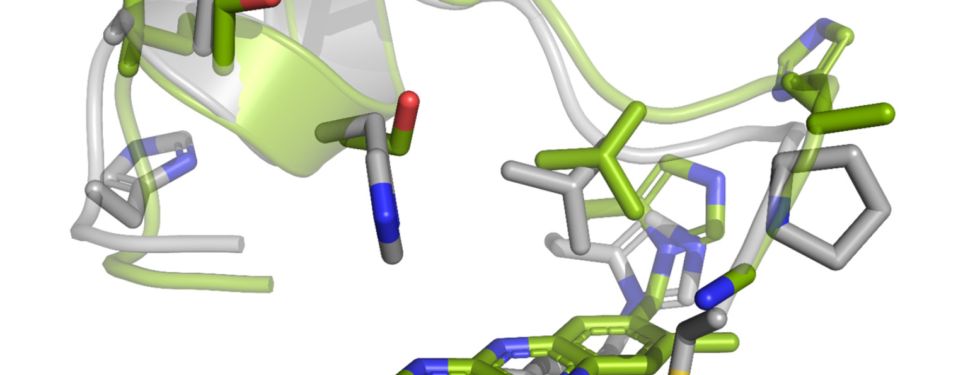Fungal enzymes play an important role in the breakdown of plant cell walls during plant degradation. An international collaboration of researchers explored the auxiliary activities 7 (AA7) enzyme family, characterizing four fungal enzymes and uncovering a novel class of flavo-enzymes, exemplified by oligosaccharide dehydrogenase. The enzymes fuel the activity of lytic polysaccharide monooxygenases (LPMOs) in the challenging process of crystalline cellulose degradation. The study, published in Nature Communications, offers promise for tuning the efficiency of enzymatic breakdown processes of biomass feedstocks used in energy and biomaterial production.
